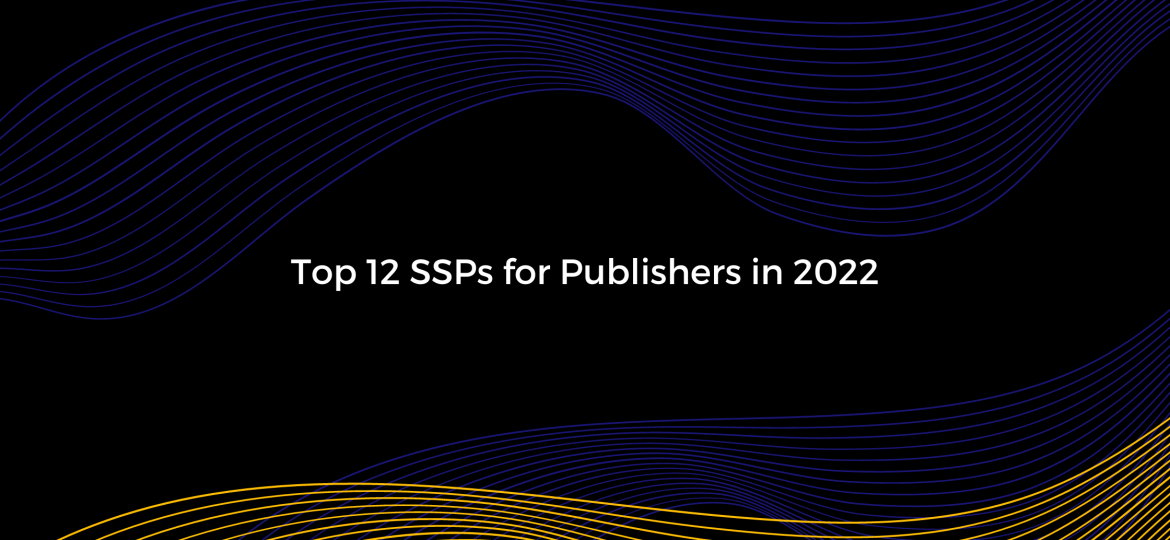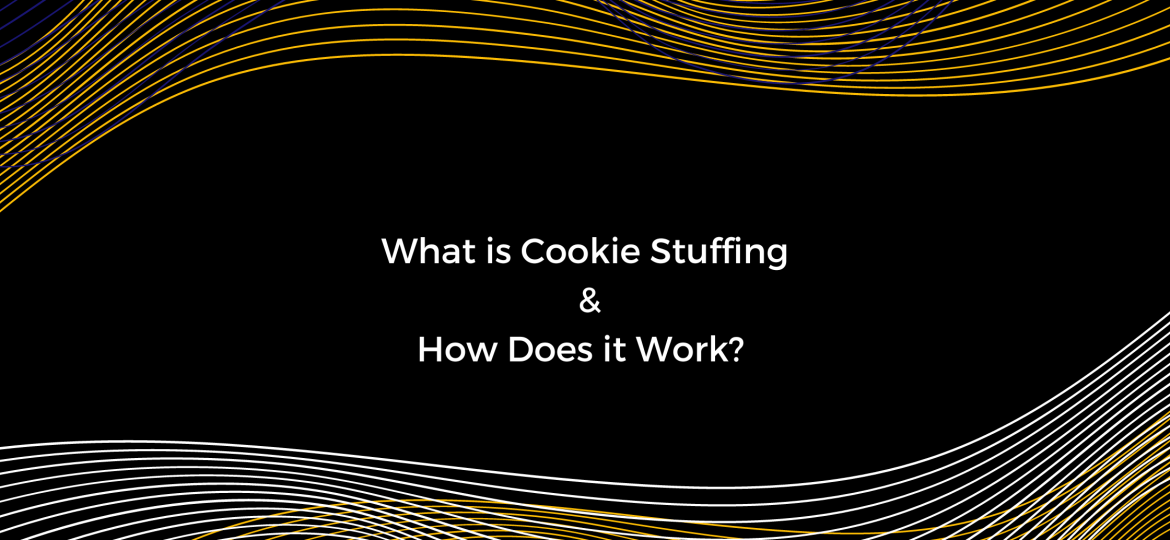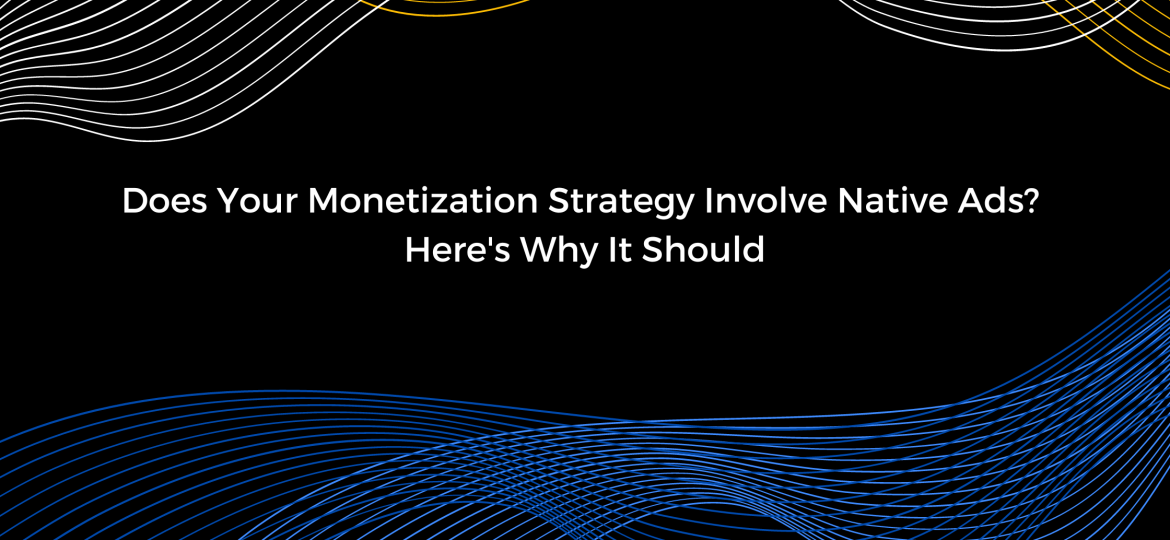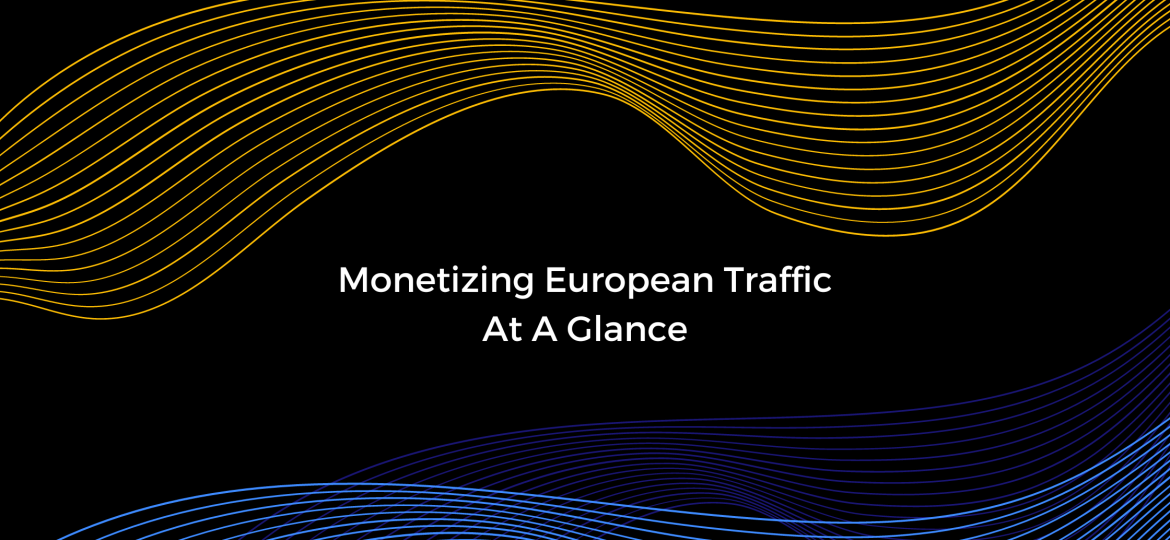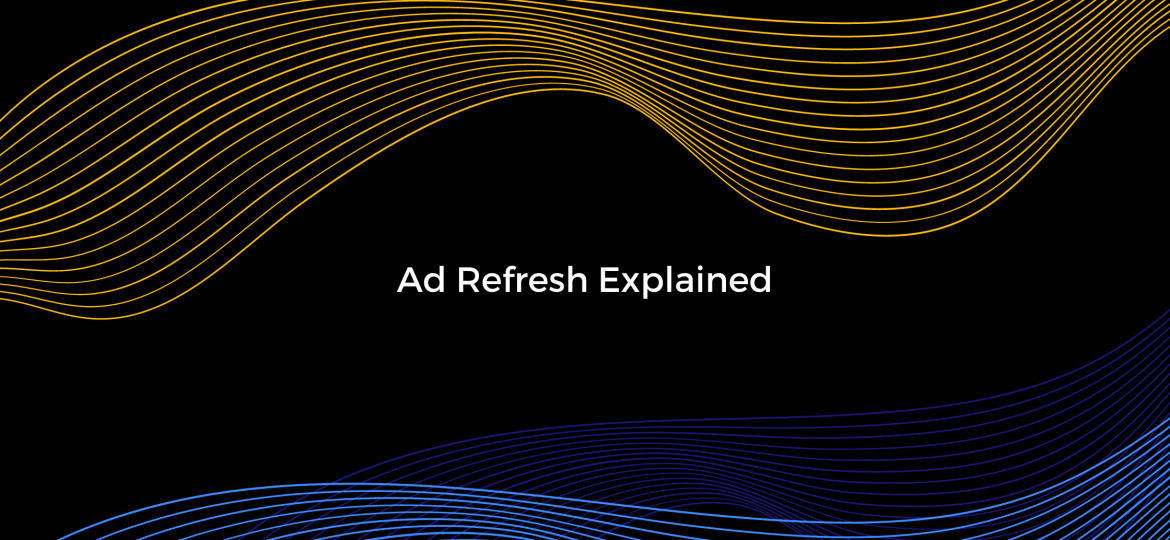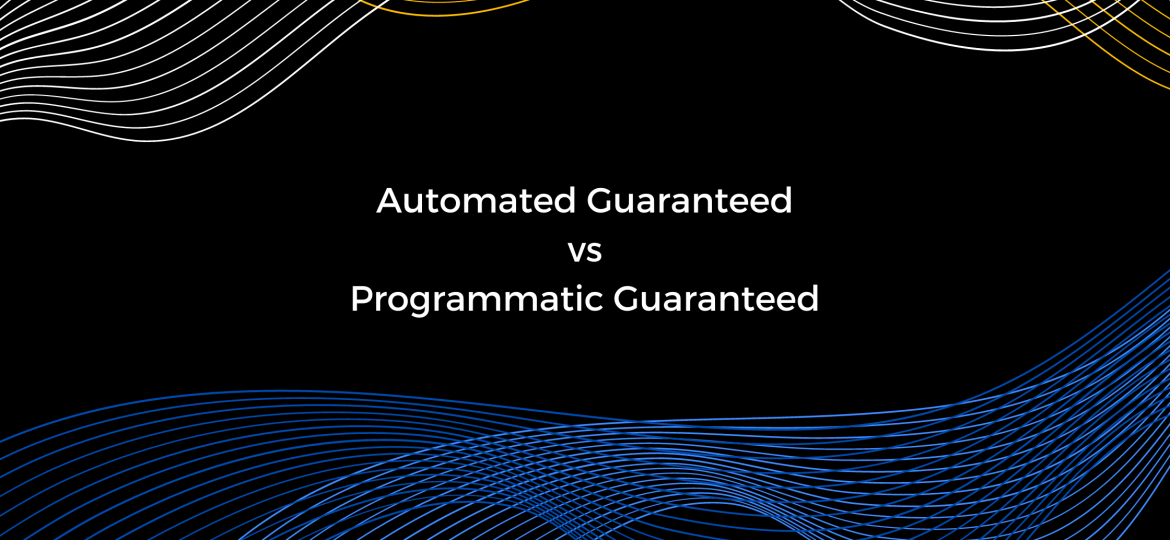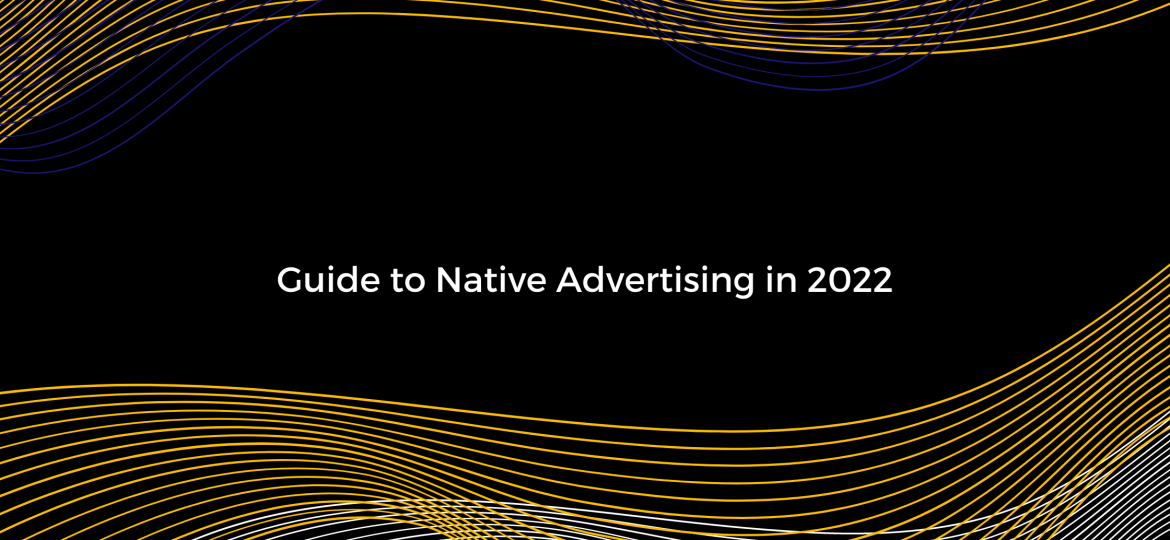Are you using an SSP? Do you know which are the best ones? SSPs can be valuable partners, especially if you find the one that best suits your needs as a publisher. While Google Ad Manager has dominated the field for a while, our article lists some of the other top SSPs that excel in the industry. Take a look at the companies below to learn more about their strengths and unique features. SSP: a definition SSP stands for Supply-Side Platform or Sell-Side Platform. It’s a solution that automates the sale of digital advertising space via real-time bidding. Aimed at publishers, it helps them monetize their inventory programmatically by exposing it to different demand sources. This may include demand partners such as ad exchanges, ad networks, and DSPs. By creating increased competition for the ad inventory and optimizing the setup, SSPs maximize publisher revenue. Top SSPs for publishers Let us take a look at some of the best SSPs in the industry. Of course, no single solution can serve as a panacea and satisfaction depends on each publisher’s priorities and criteria. However, some companies have consistently ranked well and are worth exploring. 1. Magnite Magnite (Rubicon Project + Telaria) is a large SSP that works with ad formats across all channels and premium demand. It offers Private Marketplaces (PMP), Programmatic Guaranteed (PG), and Auction Packages. Magnite’s goal is to provide publishers with transparency and expertise in the quest to maximize ad revenue. 2. Index Exchange Index Exchange is an SSP…
Ad Tech
The digital advertising industry is ever-evolving. Unfortunately, new opportunities go hand in hand with additional fraud risks. Affiliate cookie stuffing is one of the more popular blackhat marketing techniques used by online swindlers. In this article, we’re going to explain what that is and how exactly it works. Let’s start at the beginning. What’s a cookie? A cookie is a tiny, identifiable piece of code websites leave in your browser when you visit them. Cookies help a site remember you by tracking browsing activity and storing login credentials and other advertising data. That’s what makes them so valuable when it comes to affiliate marketing. What’s affiliate marketing and how does it come into this? Simply put, affiliate marketing means businesses pay a commission to a party that brings them clicks, site visits, or sales. So, for example, if your website sends some visitors to the Apple store, you’d get a small share of anything they buy there. Such arrangements are brokered by an affiliate network, acting as a middleman. Naturally, in order for an affiliate program to work, user visits need to be properly tracked. And that’s a prime example of the usefulness of cookies. Let’s break it down, continuing the Apple example: User clicks on your affiliate link A cookie gets dropped in the user’s browser as they are redirected to the Apple Store They make a purchase During checkout, the store website checks for affiliate cookies If any are found, the transaction is logged, and you get your…
With so many different types of digital advertising, it can be difficult for publishers to prioritize. What’s more profitable? What’s more user-friendly? What’s in high demand right now? Native advertising is an answer to all those questions. Our article talks about native ads, what’s different about them, and why publishers shouldn’t overlook them. What is native advertising? As you’re probably well-aware, native advertising is paid branded content that looks and feels like the editorial content on a website. As opposed to standard display ads, which are essentially banner ads, native advertising campaigns aim to be more relevant, less intrusive and bring more value to the users. The different types of native advertising include in-feed ads, in-article ads, recommendation widgets, sponsored products, etc. It could also involve branded or sponsored content. Last but not least, there is native video advertising. Why are native ads good for publishers? Native presents a good opportunity for publishers due to several reasons: Revenue Native advertising is a preferred tool for advertisers in creating brand awareness and building customer relationships. As brands generate more native content, the demand for native ad inventory grows. So does the competition. Therefore, publishers can enjoy CPM rates reaching $10 or even $20. Engagement and viewability Native ads are considered the cure for ad fatigue and ad blindness. They generate CTR rates that are 8.8 times higher than those for standard banners. In addition, users view them over 50% more often than display ads. And good ad campaign performance is sure…
We took one year of data across our portfolio of publishers with European traffic and we share our findings with you today. For clarity, we looked at all countries from the European Union plus the United Kingdom, Switzerland, and Norway, from April 1, 2021, to March 21, 2022. Let’s see what the data tells us about CPMs, how various SSPs perform, and what ad formats drive the most value. Seasonality If you’ve been running a website for a few years, you are probably already familiar with the seasonality trends in ad monetization. There are no surprises in the graph below which illustrates how CPMs in Europe vary throughout the year. As expected, the highest rates are around Black Friday and the holiday season, taking a big dip at the beginning of the year. You can see good rates at the end of Q2 when advertisers try to spend up their budgets as the timing coincides with the end of the fiscal year for most ad agencies. September and October are also typically strong with Back-to-School campaigns and getting ready for Black Friday. Ad formats Performance If you are wondering which ad formats you should choose for your site, here is a little inspiration. Although performance largely depends on your website’s specifics and audience habits, there are also factors such as demand and advertiser preference that should factor in. In the graph below you can see the top 10 ad formats as per their CPM level (calculated for the European market)….
If you are exploring ways to increase your ad yield, you’ve probably stumbled upon ad refresh as a tool that can help you earn incremental revenue from the same users that visit your site. But what exactly is ad refresh and is it right for your site? In this article, we’ll answer these questions, as well as discuss some best practices and implications of its implementation. What is ad refresh? Ad refresh allows publishers to load new ads in a single user session without reloading the entire page. The refresh is activated on a specific trigger (such as time, event, or user action) and practically increases the ad impressions that publishers can monetize. Types of ad refresh Depending on the trigger that will activate the refresh, we differentiate between the following types: Time-based ad refresh As the name suggests, time-based ad refresh simply means that a new ad will be loaded after a predetermined time interval, such as 30, 60, or 90 seconds. The trigger will usually activate regardless of whether the user is browsing the page or not, which means they might have another tab open and not be looking at the page at all. This directly impacts ad viewability in a negative way and respectively results in lower rates for ads as advertisers are not willing to put their money on placements that are not being seen. Event-based ad refresh An ad refresh is considered event-based when a trigger is an event initiated by the publisher. Most commonly,…
Ad fraud has been a major concern in the digital advertising industry. According to data from Fraudlogix gathered across 35 million ad impressions in Q1 2022, bots and ad fraud make up 15.6% globally. In terms of the value of ad spending lost to fraud, it’s expected to reach $68 billion globally in 2022, compared to $59 billion in 2021. Juniper Research identified that 5 countries account for 60% of global losses: the US, Japan, China, South Korea, and the UK. But ad fraud is an issue with global implications and companies everywhere are taking measures to combat it. This article takes a closer look at ad fraud and examines recent trends in fraud detection and mitigation. What is ad fraud? Ad fraud is any attempt to mislead advertisers into believing that fake online activity is real. This is commonly done using bots but may include other methods. Ad fraud obstructs ads from being delivered to the actual target audience. Scammers deceive advertisers into paying for this fake activity, therefore skewing KPIs and misleading marketers. Common ad fraud indicators vary from unusually low performance and low conversion rates to sudden spikes in CTR or impressions. Types of ad fraud There are different kinds of advertising fraud across web, mobile web, and mobile apps, such as: Click fraud – Fake clicks generated using bots or click farms (teams of low-wage workers). Click injection – A type of mobile ad fraud where the user has a fraudulent app on their device. When…
With the rising popularity of native advertising, more and more publishers and advertisers are considering testing it and trying to understand how it compares to the old-school banner ads and which is a better fit for them. In order to answer these questions, it’s essential to first have a good understanding of what each format is and how they differ from each other, as well as each of their advantages and disadvantages. Let’s get right into it. What is display advertising? Banner ads, also known as display advertising, are your typical ads from the early days of online advertising and still going strong. Display ads have evolved from static images to various types of banners that have interactive and clickable elements (e.g. rich media files). They come in many sizes and can be placed across various parts of the webpage. Find out more about the best-performing banner ad sizes in this article. Display advertising has both its advantages and disadvantages and can be used successfully for various marketing purposes. Let’s look at the main pros and cons of banner ads. Pros Simple setup Banner ads are probably the most straightforward to design and implement. The variety of sizes makes them perfect for all kinds of websites and implementation is simple. High visibility The nature of display ads makes them clearly discernible from the main content on the page, which contributes to their high visibility, especially if a high-quality image is used or the ad is interactive. High fill rates As…
It’s no secret that data is crucial to efficient advertising. And in a world of big data, you need the respective technology to manage the vast amounts of information being generated by each and every person. Publishers and advertisers alike need tools to gather, store, analyze and manage such data and several technologies have emerged in ad tech that are essential to achieving scalable results. In this article, we will cover what data management platforms and demand-side platforms are, what each is used for and how they differ. Let’s get right into it. What is a DMP? Data management platforms, or DMPs, are essentially data warehouses. They help publishers, advertisers, and agencies collect, organize, store, analyze, and overall manage information about online users, most often cookie IDs. The data in DMPs can be first-, second-, and third-party. The information is used to better understand customers and audiences, optimize media buys, and execute better ad campaigns. For publishers, in particular, DMPs help build audience segments, which are more attractive to advertisers and can be pitched at premium prices. What is a DSP? Demand-side platforms, or DSPs, allow marketers, agencies, and buyers to optimize how they bid on ad inventory simultaneously across multiple ad exchanges in real-time. The technology helps them improve their ad spend strategies and gives bidders a number of tools to effectively manage ad campaigns, set maximum bids and budgets, define targeting, and monitor campaign goals. DSPs also give advertisers access to very granular data on audiences and campaign…
Ad tech terminology can get a bit confusing, even for seasoned professionals. Especially when terms are so similar to one another. In this article, we will see what exactly Automatic Guaranteed and Programmatic Guaranteed are all about, and how they differ. Let’s get right into it. What is Automated Guaranteed? The term Automated Guaranteed is used for advertising agreements that were traditionally executed via direct deals (insertion orders) and are now possible end-to-end as a programmatic direct deal. The transaction is agreed upon directly between the buyer and seller via a mediation platform and the inventory volume and pricing are fixed. Publishers usually package their inventory and present it to advertisers at guaranteed volumes. Price is negotiated and once an agreement is reached, the deal elements are plugged directly into the publisher’s ad server via the ad server’s API, which is what distinguishes Automated Guaranteed from other programmatic direct deals (such as Programmatic Guaranteed). Advantages Automated Guaranteed allows publishers to present their inventory to buyers in a way that makes the sales process more efficient and less resource-intensive. Media owners can shift the focus towards building relationships, discussing performance and strategic partnerships, while selling impressions in an optimized automatic way and filling their pipeline efficiently in the meantime. Buyers can browse through the available options, and build their own campaigns, which eliminates the need for ongoing communication on those elements and saves both sides precious time, effort, and possible misunderstandings. The price of the inventory is determined by both the…
Native advertising is growing. Since the start of the pandemic, users have been more and more exposed to ads. This has made traditional online advertising less effective, urging advertisers to focus on non-intrusive native campaigns. The numbers speak loudly and clearly. Native display ad spending increased from $47.33bn in 2020 to $57.27bn in 2021. That trend is expected to last. The native advertising sector is predicted to continue growing, reaching $400bn by 2025. Let us take a closer look at native advertising, what makes it so popular, and some of the latest trends. What is native advertising? Native ads are meant to blend in. While they’re still paid ads, they’re designed to look as natural as possible, without disrupting the user experience. Unlike display ads, native ads have the same feel and function as your website content or app. To differentiate them from editorial content, they’re labeled as ‘Sponsored’, ‘Promoted’, etc. Native ads usually contain less text, relying on captivating images to get users to click. Native CPMs and CPCs are higher than those of display ads. Forms of native advertising include in-feed ad formats (e.g. on social media platforms), content recommendations (a.k.a. recommendations widgets), sponsored posts, and paid search ads in search engines, among others. Why is it trendy? Users have come to expect more from online advertising. They’ve grown more resistant to intrusive ads. Therefore, creatives are expected to be more tasteful and more relevant to user interests. Since native ads rely on a softer, more natural feel,…


